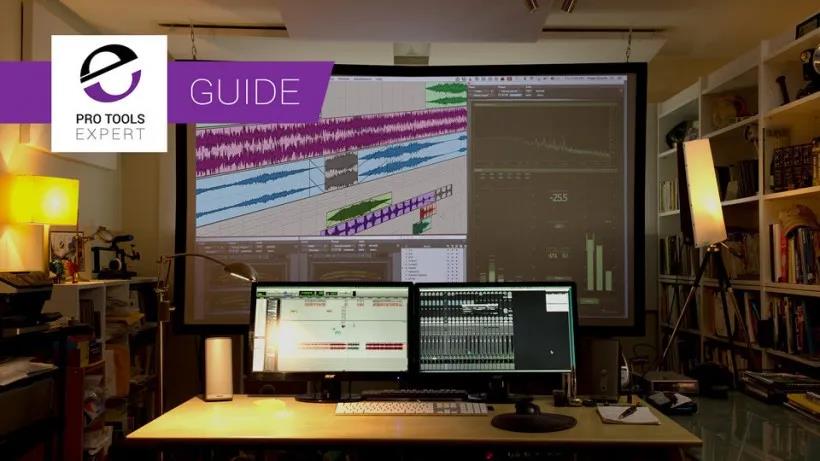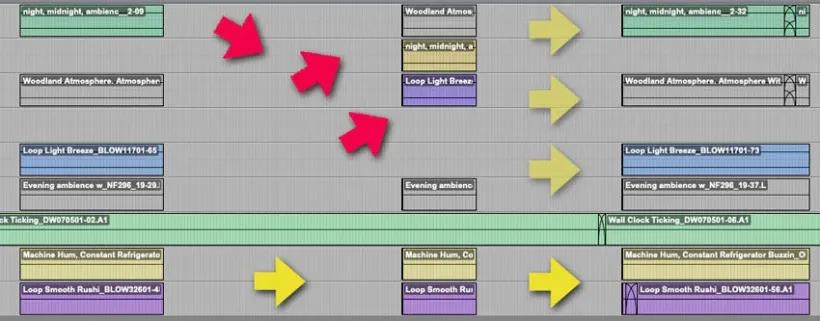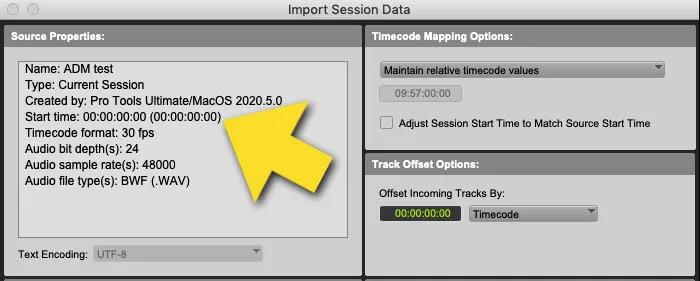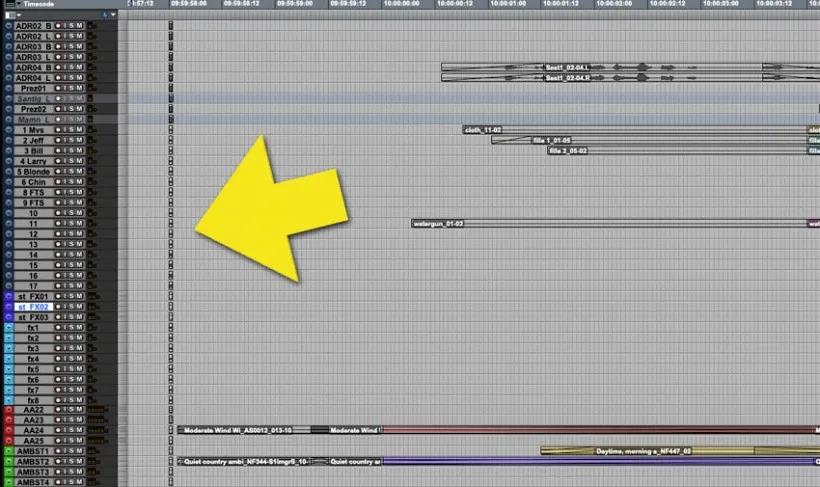Product News
2021/01/19
Importing Tracks From Collaborators Into Pro Tools

This article will be closer to a guide than anything else. A clear guide to what to ask your colleagues and collaborators on how you want to get their work without unnecessary back and forth. A guide on how to import their work with confidence. A quick guide on certain aspects of our industry.
This series of articles is written for the aspiring mix-to-pix mixer coming from the music mixing background. Tips and tricks will be given to help you get a hold with the ins-and-outs of audio post-production workflows. The tools are roughly the same, but their use has a slightly different interpretation than in the music world. Since you already know most of the tools, we will skip the baby steps. As the series develops you will be guided in how to modify your workflow to a surround sound session, upgrade your listening environment, what to listen for, and everything in between. Very interesting, indeed.
The first thing you will notice in this industry is that the visual is godlike.
Never wrong, always right.
The schedule will be postponed. Not the deadline. If there is any amount of CGI, you will never see the locked version. Notes and opinions will vary to a point where they contradict each other. But admittedly, it’s extremely satisfying when everything meshes together. The story, the acting, the editing, the music, and your mix, it gets to be… a work of art.
On a small production, you get to wear all the hats: Dialogue editor, Background editor, SFX & Foley editor, and Sound Designer if the production calls for it. On a larger production, multiple departments will be working simultaneously on the same project. At some point, you will be receiving everybody’s hard work.
Dialogue
On a bigger production the Dialogue department is broken down into at least three teams (four, if there’s narration):
- the Lead Dialogue editor-coordinator, with his/her assistant(s)
- the ADR recordist(s) (from around the world or at least from around town)
- the Walla group (or Loop group) recordist
- the Voice Over (Narration) recordist.
Theoretically, the Lead Dialogue Editor would supply you with one “Dialogue session”, but, it is not rare, because of conflicting timetables, that you will be receiving the different sessions from their respective departments.

Backgrounds (or Ambiences)
You will be getting one monster Backgrounds session from that team. Make sure that they are supplying you with checkerboard tracks, and that every time a scene is repeated, it has the same order of Audio Files (also applies to SFX and Sound Design).

Checkerboard sounds, and proper order of sounds per scene

Checkerboard sounds but in a wrong order of sounds per scene
Sound Effects
Foley, SFX, and Sound Design will be broken down per their department.
FYI, on a super production, it’s not rare that the SFX department is further broken down into a vehicles team, a weapons team, and whatever further subdivisions are necessary. Hoping for that call, right?
You understand why it is essential at one point to have a Supervising Sound Editor to coordinate the different divisions, so that nothing is left out, and that not too many overlaps of duties occur. Every department wants to add to that bombastic explosion with their vision of sync, hence a Supervising Sound Editor.

Of course, you get to be in charge of importing all these sessions and updates.
You know the expression in real estate, how only three things are important:
Location, Location, Location.
Well in postproduction it’s:
Communication, communication, communication.
I’ve noticed it is better to be proactive when talking with the different heads of departments. Since you know your template inside out and the allotted time budgeted, it’s easy to recommend your preferred track layout and count.
As mentioned in a previous article, I don’t impose a track naming scheme because I will be importing their session into my mixing session and reallocate their tracks in my template (with my processing and routing).
Here is a checklist you might be interested in:
Save as Copy In
The most misunderstood, under-used feature of Pro Tools. It enables us to export only the used sounds in the timeline, thus reducing the export time and the size, but ultimately the assurance that all the used sounds are gathered, and that the session will not backfire on the mix stage. Essential for archiving too!

No EQ Or Compression Plugins On The Tracks
The simple reason is, the editors are not working with a referenced Dialogue track, and their environment is not finely tuned like your mixing stage. But to respect their work, have them “process” that sound, but have them keep the original… deactivated. If their processing works, great. If not, you still have the original sound(s) to process. I also recommend that they deactivate all the tracks: it makes for a faster import.

Session Start Time
When importing a Pro Tools session, I know we can offset the incoming Time Code start time, I hate doing the math. I prefer that every team starts at a common Time Code. That way if there is a picture change, everyone is responsible of its timeline. Some departments might not be affected by a midstream picture change, and when you receive their session, you will know if they worked to the updated picture edit or not.

Beep or 2pop
The presence of a Beep or a 2pop might be old school, but it is so reassuring when they all line up in their respective tracks. They don’t have to be audible like in the old days, but their presence tells me that the editors did their homework, and it is one less pain to worry about.

Even though the integration of digital in the postproduction workflow has eliminated many aggravations like synchronizing multiple tape machines, the digital workstations (DAW) have their own set of aggravations, latency is one of them. The reason is that the audio goes through one path and the visual another. But there is a digital solution for that.
In a review by our own Mike Thornton, an iPhone application made by Quiet Art, Catchin’ Sync, takes care of measuring the offset. You will find on their website a series of video files with popular frame rates and CODECs. Download them all, and create as many Pro Tools sessions. Be sure to mark down the offsets, they might be different from session to session.
It seems there is an app for that after all.